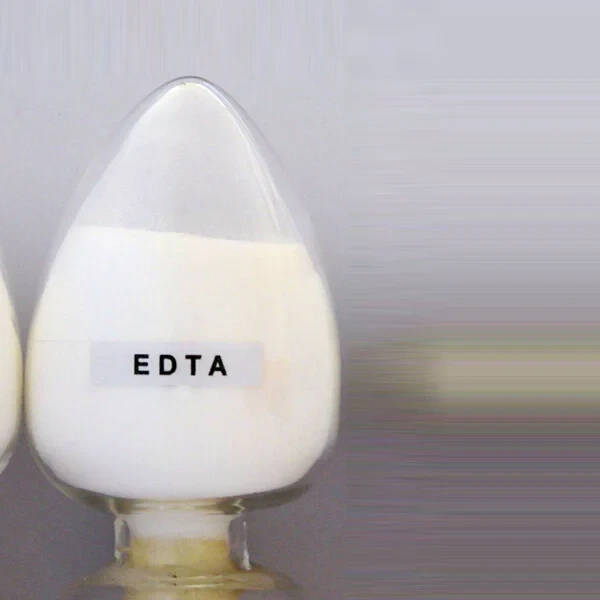
News
Dec . 09, 2024 17:42 Back to list
Understanding the Properties and Uses of EDTA in Various Applications
Understanding EDTA The Versatile Acid
EDTA, or ethylenediaminetetraacetic acid, is a chemical compound widely used across various industries due to its remarkable ability to bind to metal ions. Discovered in the mid-20th century, EDTA has since become a vital component in numerous applications, ranging from medical treatments to industrial processes.
What is EDTA?
EDTA is a synthetic amino acid that functions as a chelating agent. Chelation is a process where a molecule forms multiple bonds with a single metal ion, effectively grabbing the ion and preventing it from reacting with other substances. EDTA's structure includes four carboxylic acid groups and two amine groups, which collectively allow it to form complexes with a wide range of metal ions, including calcium, magnesium, lead, and copper.
Uses of EDTA
1. Medical Applications One of the most well-known uses of EDTA is in the field of medicine, specifically in chelation therapy. This treatment is employed to remove heavy metals from the body, particularly in cases of lead poisoning. EDTA binds to lead ions, facilitating their excretion from the body through urine. Furthermore, EDTA is sometimes utilized in the treatment of cardiovascular diseases due to its ability to reduce arterial plaque by binding to calcium.
2. Cosmetic Industry In cosmetics, EDTA is used as a preservative that enhances the stability of formulations by preventing metal ions from catalyzing degradation reactions. It is particularly effective in products like shampoos, conditioners, and lotions. By sequestering harmful metals that can compromise product quality, EDTA helps to extend the shelf life of personal care items.
edta acid

3. Food Industry EDTA is also found in the food industry, serving as a stabilizer in various food products. It can inhibit oxidation reactions that might otherwise spoil foods or change their flavors. EDTA is particularly important in canned goods and beverages, where it helps maintain color and flavor.
4. Agriculture In agriculture, EDTA is employed in fertilizers and nutrient solutions for hydroponics. It aids in the assimilation of essential micronutrients like iron and zinc by plants. By making these metals more bioavailable, EDTA-enhanced fertilizers can improve plant growth and yield.
5. Industrial Applications EDTA is commonly used in various industrial applications, including cleaning products, water treatment, and pulp and paper manufacturing. In water treatment, EDTA removes metal ions from solutions, aiding in the purification process. In cleaning agents, it helps remove hard water minerals, enhancing the effectiveness of detergents.
Environmental Concerns
Despite its many beneficial uses, the widespread application of EDTA raises some environmental concerns. EDTA is resistant to biodegradation, which means that when it enters the ecosystem, it can persist for long periods. This persistence can lead to the accumulation of metal ions in the environment, particularly in aquatic systems. Researchers are exploring alternative chelating agents that are more environmentally friendly and biodegradable.
Conclusion
EDTA is a powerful and versatile acid that plays a crucial role in various industries, from healthcare to agriculture. Its ability to bind with metal ions makes it an invaluable tool for improving product stability, safety, and efficiency. However, as with many chemicals, responsible use and consideration of its environmental impact are essential. Ongoing research and development in the field of chelation chemistry continue to explore safer and more sustainable alternatives, ensuring that the benefits of EDTA can be enjoyed while mitigating its ecological footprint.
-
Polyaspartic Acid Salts in Agricultural Fertilizers: A Sustainable Solution
NewsJul.21,2025
-
OEM Chelating Agent Preservative Supplier & Manufacturer High-Quality Customized Solutions
NewsJul.08,2025
-
OEM Potassium Chelating Agent Manufacturer - Custom Potassium Oxalate & Citrate Solutions
NewsJul.08,2025
-
OEM Pentasodium DTPA Chelating Agent Supplier & Manufacturer High Purity & Cost-Effective Solutions
NewsJul.08,2025
-
High-Efficiency Chelated Trace Elements Fertilizer Bulk Supplier & Manufacturer Quotes
NewsJul.07,2025
-
High Quality K Formation for a Chelating Agent – Reliable Manufacturer & Supplier
NewsJul.07,2025
